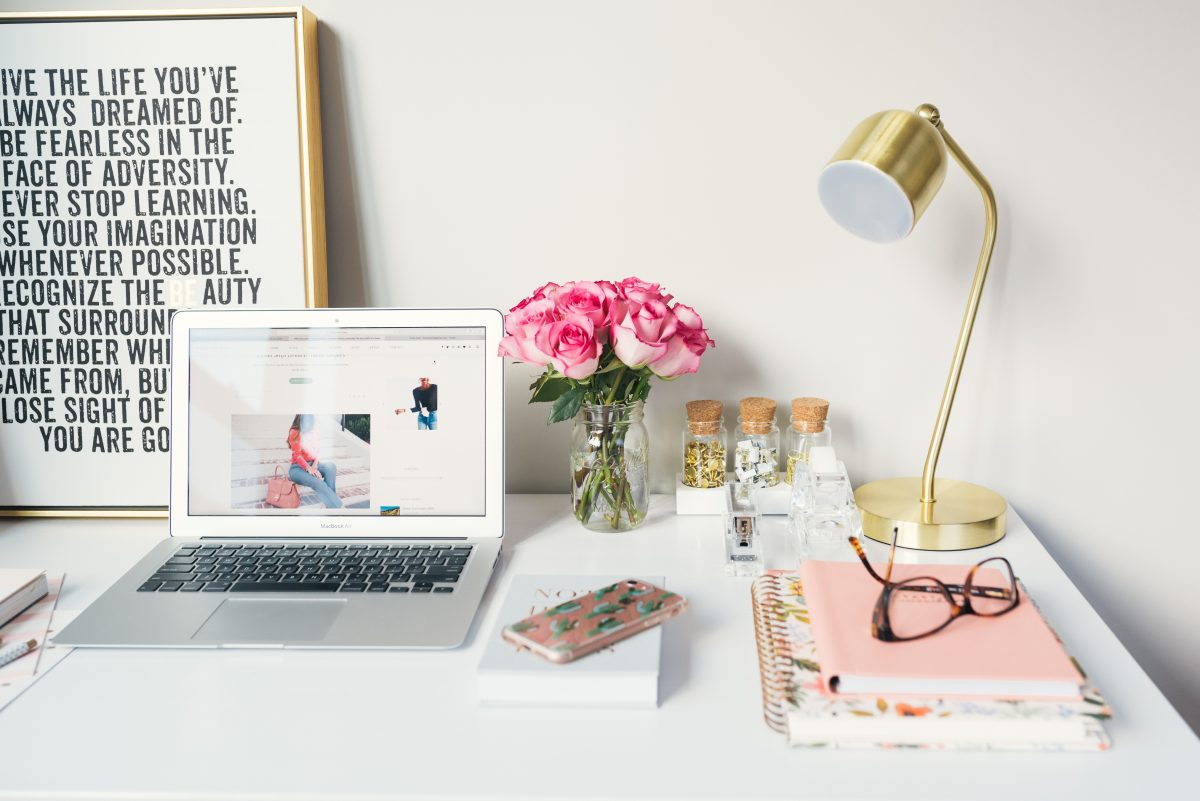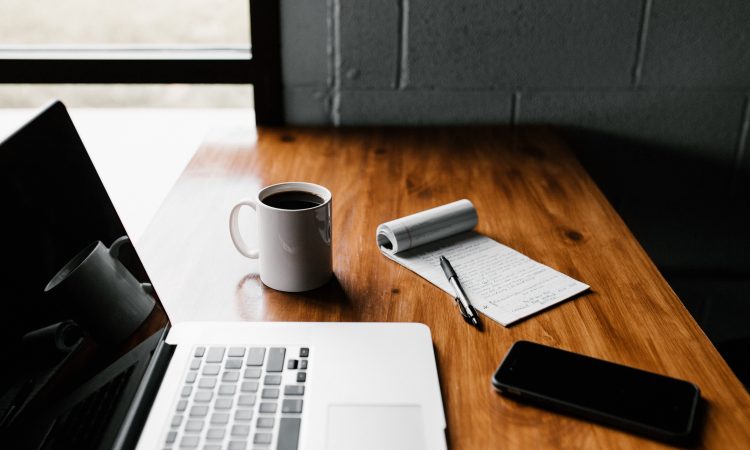Most of us sigh at the thought of putting effort into a blog footer design as it is a commonly overlooked aspect of building a blog. A lot of people would just put necessary information and not focus on how it’s presented. Little do they know that blog footers are supposed to highlight the most important business details, including addresses, phone numbers, open hours, and more. This makes the section a crucial aspect so that potential consumers may access and interact with the company with ease. Therefore, a systematic design for this is heavily needed in order to professionally present your business.
Content

Before getting into the layout and design look, the most important aspect of building an effective blog footer is its content because it is the aspect that the design is built around. Therefore, what the design looks like depends on the content. It is important to consider including information regarding legal protection, social media, contact information, call to action, as well as other crucial details that may help visitors of the website.
Composition

The format of a blog footer usually depends on the website owner’s identity. However, the ideal blog footer design composition is less packed. It utilizes smaller fonts while leaving room for the background to be blank. It is usually divided into clear sections with headings, like in this example. This helps the readers relax their eyes and aid them in the process of reading.
However, it can also manifest in designs like in this template where the footer is composed of vibrant illustrations while putting the information below the page is in small fonts. This type of format can easily pull in more audiences as it has more aesthetic appeal.
Color

A blog footer design is usually emphasized using a different blocking of color than the rest of the page, highlighting the crucial information that can redirect the consumers to the business. The colors normally used in a blog footer are monochromatic or analogous in order for it to look harmonious and aesthetically pleasing to the eye, inviting the readers to explore more.
Like in the previous template, the usual blog footer uses darker colors to distinguish the section from the rest of the website. However, this can also make the readers overlook the section. Because of that, there have been many spins on the conventional blog footer design as designers have been using brighter colors and allocating equal focus on aesthetics and practicality.
As we can see from this template, the design uses a consistent dark pink hue in the heading and also inside the circles. The choice of picking a vibrant color to represent the blog footer subconsciously affects the users as it is clean, professional, and pleasing to see.
Add-ons

Surely, a conventional blog footer would bore the audience, making them overlook the section in general. However, inputting an attraction that stands out, like a clear map of the spot, social media gallery, and other unconventional features, would mesmerize the readers even more. This would give potential consumers a snippet of the business as they spend more time on the website.
This can even include easy ways to get back to the top of the website or little things that can make the user experience maximized and enjoyable. Add-ons should focus on increasing audience engagement. By that, it can either mean adding aesthetically pleasing or features that are practical to the website’s users.
Putting effort into a blog footer design may benefit the user experience, but it also presents a good image of the business.
